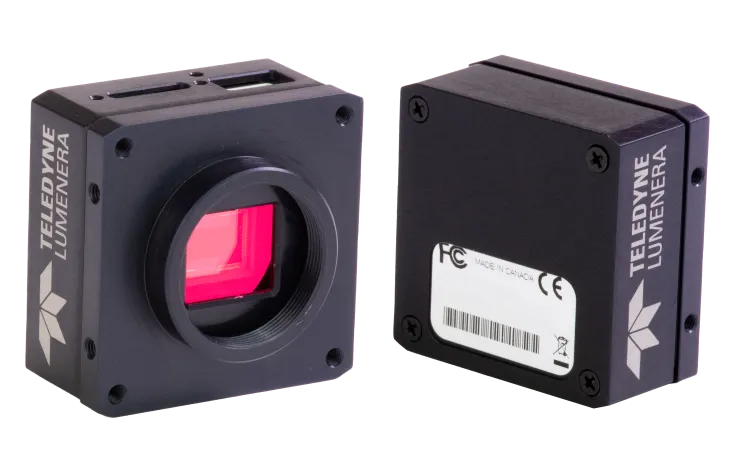
Teledyne Lumenera has launched 20 megapixel models of its LT Series USB3 cameras which it says perform in applications with low or changing light conditions, including ITS.
According to Teledyne, LT Series cameras offer a lower-cost imaging solution and are designed to meet the challenges of imaging systems.
The firm says they provide advanced vision performance while using less power, less space and fitting tight industry budgets.
The cameras are equipped with the Sony IMX183 rolling shutter CMOS sensor and use back illumination technology.
These models are expected to offer 32- and 64-bit operating system compatibility for Windows, Linux, Linux for embedded system platforms, and single board computers.
Key features include two USB3 cameras with a resolution of 20 megapixels (5536 x 3692) pixels in both colour and monochrome, high sensitivity pixel size of 2.4 μm with back illuminated sensors and a compact form factor simplifying integration in OEM solutions.
The cameras also have a side-mounted locking industrial micro USB for power and control.
The LT Series also comes with a robust compact enclosure, fully-locking USB3 connectors, and are built for rugged 24/7 use.










